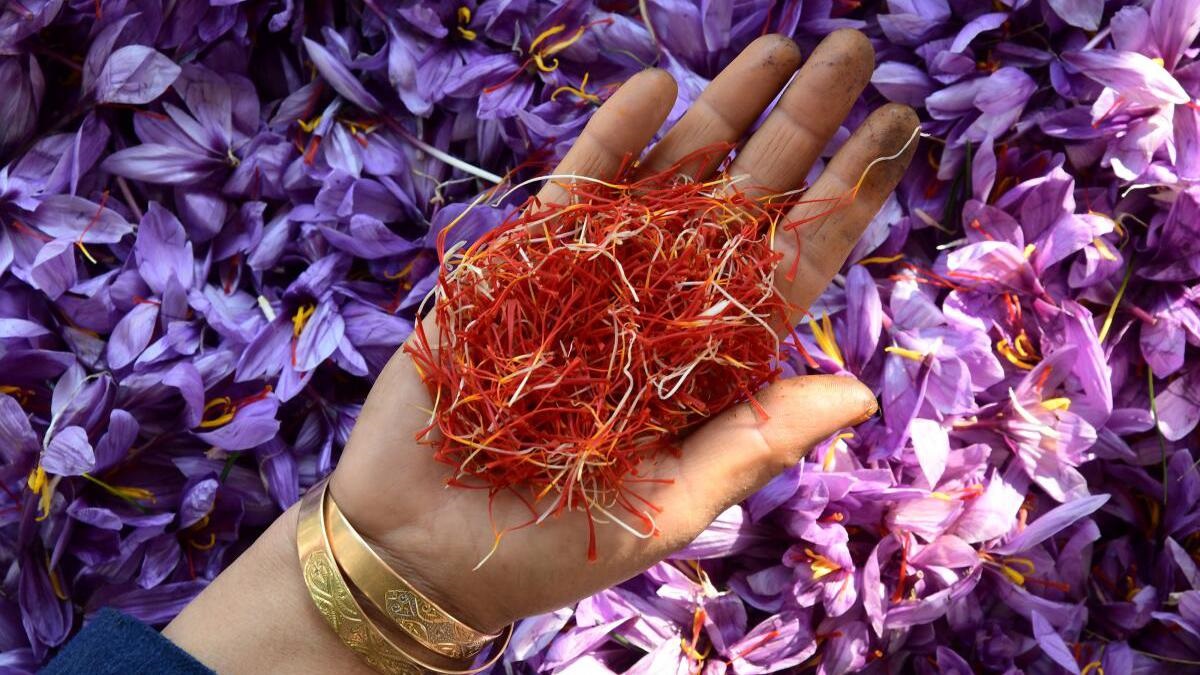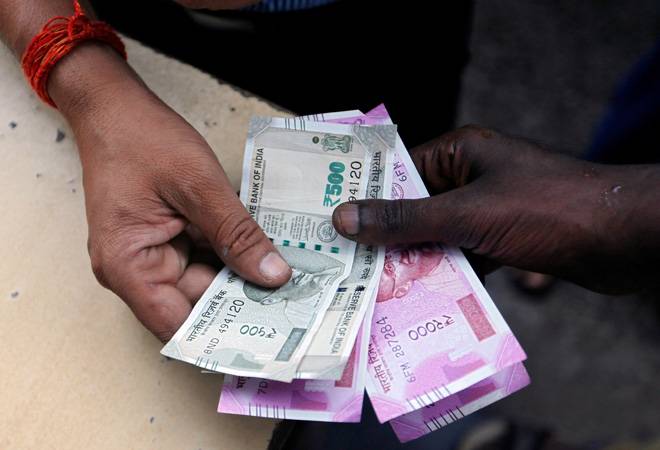Jammu and Kashmir, the State of Saffron is declining

Saffron is a prized spice known for its rich aroma and vibrant color which has been a legacy in the agricultural landscape for centuries. However, recent years have witnessed a decline in saffron’s production, leaving the farmers disheartened and putting efforts for the revival and innovation in cultivation practices.
|| Mariyam Alam
Saffron growers in Kashmir have been facing multiple challenges which is impacting their livelihoods.Climate change-induced erratic weather patterns, land degradation, and water scarcity are among the key factors contributing to the decline in saffron yields. It is a situation of plight for farmers who are struggling to sustain their livelihoods through saffron cultivation.
In order to combat these challenges, innovative solutions are being developed. The introduction of indoor saffron cultivation technology is revolutionizing traditional practices in regions like Kishtwar. This technology brings a ray of hope to provide growers with greater control over environmental conditions, potentially mitigating the impact of weather changes and water scarcity on saffron cultivation.
Moreover, government initiatives such as the National Saffron Mission (NSM) are playing a crucial role in the revival of saffron cultivation in Kashmir. The NSM scheme has revitalized over 2500 hectares of saffron fields in the past thirteen years. This initiative aims to optimise the overall productivity and quality of saffron cultivation through various interventions, including soil conservation measures and the adoption of modern farming techniques.
The realm of saffron cultivation is the shift towards organic practices. Saffron farmers in Kashmir are taking into account various organic cultivation techniques to ensure a golden harvest.
This transition also meets the growing demand for organic saffron in domestic and international markets but also promotes environmental sustainability by reducing the use on chemical fertilizers and pesticides.
Even though efforts are being made to revive saffron cultivation, challenges persist. Kashmiri saffron production has declined by over 67% from 2010 to 2024, according to data released by Government of India. This decline underscores the urgent need for concerted action to address the underlying issues affecting saffron cultivation in the region.
The saffron industry in Jammu and Kashmir is at a critical juncture, facing both challenges and opportunities. While factors like climate change and water scarcity pose challenges to saffron cultivation, initiatives such as indoor cultivation technology, government schemes like the NSM, and the adoption of organic farming practices offer hope for the revival of this iconic spice. However, sustained efforts and investment are required to overcome the obstacles hindering the growth of the saffron industry and ensure a prosperous future for Kashmir’s saffron growers.





